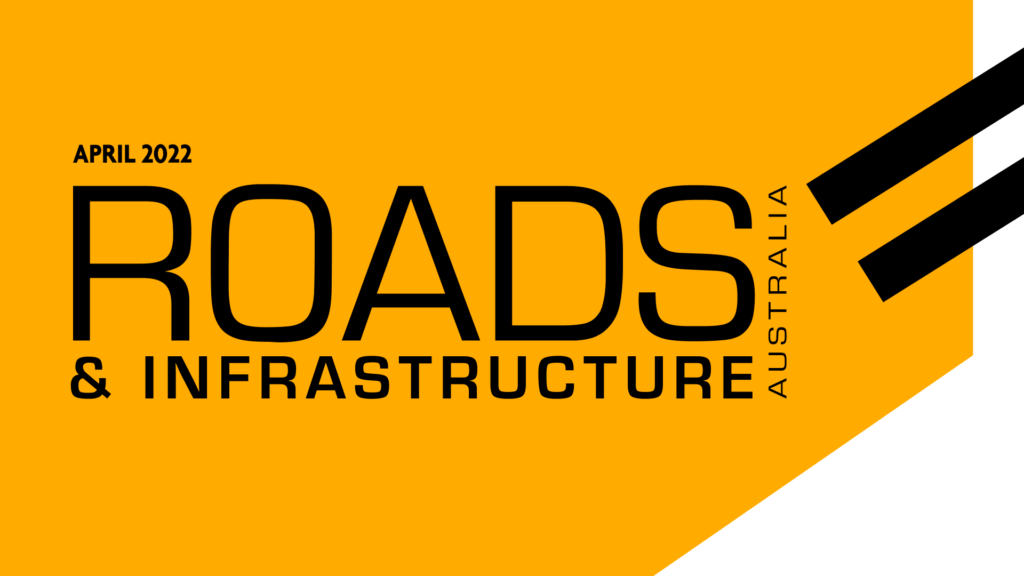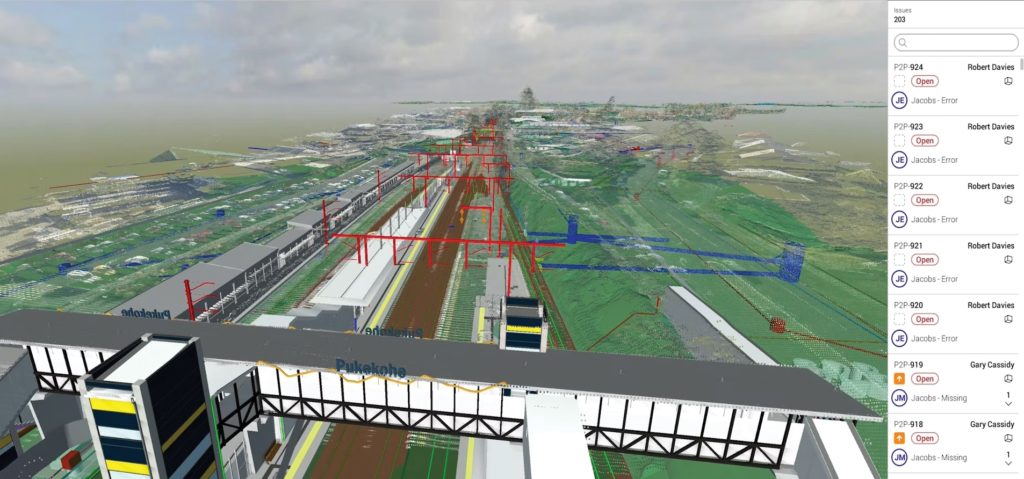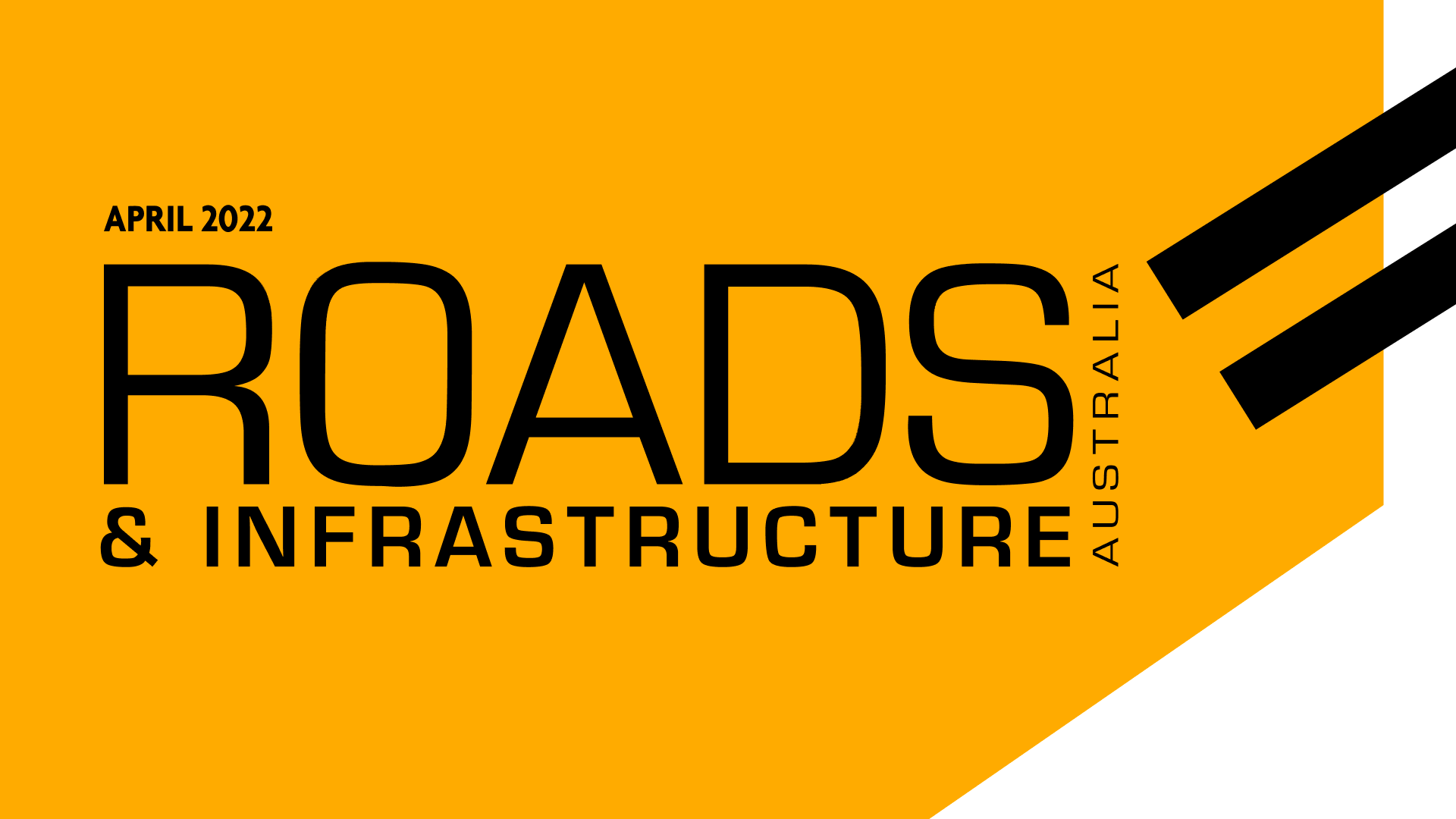BIM and infrastructure delivery with Revizto

With infrastructure projects growing in size and complexity, Vlad Milicevic, Director of APAC region at Revizto, says the industry has never been better positioned to embrace the benefits of digital engineering.
The use of Building Information Modelling (BIM) for managing large transport infrastructure projects is growing rapidly, and as Vlad Milicevic, Director of APAC region at Revizto sees it, there is a strong case for increased adoption of BIM tools across the industry.
“We have seen significant success with the use of BIM in the infrastructure space over the past three to four years,” he tells Roads & Infrastructure.
In fact, some large rail and road projects where big engineering companies have adopted Revizto’s BIM software have been tracking so well with their reviews that the government officials were prompted to go in and see what the contractors were doing that resulted in such efficiencies.

It is through such demonstrated success that Revizto, an integrated BIM collaboration software platform introduced globally in 2014, has gained its foothold in Australia and been growing its impact on the construction sector. Using gaming technology and cloud solutions, Revizto brings together various BIM and CAD data to track all project issues in one centralised 3D environment.
What makes Revizto’s platform a “game-changer,” Milicevic notes, is how it can handle large and complex infrastructure models while remaining user-friendly.
“Linear infrastructure projects consist of a lot of models which are very large and stretched out,” he says. “Before Revizto, there wasn’t a collaborative tool in the market which could truly support the volume, complexity and size of such models – meaning that people in that space would require an internet connection that could often be interrupted by poor connectivity issues and lag. The user-friendliness of their existing platforms wouldn’t be as good either.”
Bridging the gap
To solve this issue, Revizto uses a gaming engine to create an immersive model for all project stakeholders, from designers to safety officers, to visualise the project in real-time and coordinate with each other. Using cloud optimisation means the models can be accessed from any device without demanding sophisticated hardware or training.
“Because of the way Revizto is built on a gaming engine, it provides users with an extremely simple experience. Anybody can pick it up and use it on different platforms, not just with laptops and desktops, but even iPads and tablets,” says Milicevic.
“Revizto also supports virtual reality. Users can put on virtual reality goggles and submit their reviews that way. This capability expands not only to coordination works, but also to safety reviews. A safety manager could just walk through what is supposed to be a project site and look for any safety breaches,” he adds.
A key feature with Revizto’s BIM platform, Milicevic says, is how it allows all project stakeholders to deploy BIM methodologies and technologies, regardless of whether they are in the head office, site office or out on site.
“As more and more people begin to cooperate on the collaborative platform, things like constructability, which has not traditionally been part of the 3D review process, can now be accessed on a device such as an iPad. Users can directly communicate, while having a full context of how a part of a project should or shouldn’t be constructed or why a certain design solution is not going to be practical,” he explains.
The result, as Milicevic sees it, is a more “democratic” access to the digital engineering process, where experienced – but less tech-savvy – engineers can easily reap the benefits of a 3D project model without having to undergo extensive training.
“It’s very easy for Revizto to develop its adoption across the project team,” he says. “Because the program moves seamlessly between 2D and 3D models, it allows people who are not experts in using digital tools to reap the benefits of 3D information, while still using the traditional methods they have been using for years, which is looking at a set of drawings. The difference is they can now tap on that drawing and go directly into a 3D model and move around the project, as simple as playing a video game.”

Revizto+ and Clash Automation
Last October, Revizto launched a new version of its software platform that, in addition to a range of new features and upgrades, introduced the Revizto+ subscription for automatic clash detection on the 3D models. The functionality, Milicevic says, was developed off the back of industry feedback.
“As part of our Revizto+ subscription, we have a feature called Clash Automation, which allows people to automatically run their clash automation reports. A lot of our clients have been telling us that it is a complete game-changer, because it allows them to coordinate better in one platform,” he says.
“I think in the next few years, it is going to help a lot of projects get a lot more efficient.”
Multinational engineering and infrastructure consulting firm AECOM is one company that has successfully implemented Revizto+. Ben May, Digital Director at AECOM, says the new functionality has fortified an already powerful software.
Revizto+ brings more functionality into an already powerful platform. The inclusion of clash automation brings efficiency to this process and enables clash resolution to be integrated into a single coordination workflow. We anticipate the need for other software will be removed. This, and the hands-on nature in running separate clash resolution processes, could remove as much as 20 per cent of the cost of a BIM coordinator’s budget.

Daniel Holohan, BIM Manager at CPB, says the Clash Automation functionality in Revizto+ offers time-savings.
By reducing the coordinator’s person-hours, I estimate a net saving of three to four hours per week on my projects.
Patrick Fingleton, Digital Design Coordinator for Melbourne-based company IIMBE is another satisfied end-user.
Revizto+ brings so many improvements and efficiencies to the way we work. It’s intuitive and simple to perform all the required tasks. With Revizto+, I think 20-30 per cent in time savings would be a conservative estimate. [It’s] simple to use and reliable. We love that you can use the data within the models to quickly build clash tests and search sets.

Kyle Forlong, Digital Engineering Manager at John Holland has found multiple benefits, from supply chain coordination to data integrity.
[Revizto+] allows the contractor the ability to better understand the supply chain’s coordination process in action. It also allows us to identify gaps in clash detection and actively add or refine tests to suit.

The digitalisation journey
With the industry warming up to wider adoption of collaborative coordination platforms for efficient project delivery – particularly in this era of obligatory work-from-home and remote working conditions – Milicevic believes the technical advancements and the broader sectoral policies are moving in the right direction.
“The government guidelines definitely help. The development of a BIM Strategic Framework by the Victorian and Queensland Governments and the Digital Engineering Framework developed by Transport for NSW are all tools that help get projects and organisations to the next step of utilising digital technology,” he says.
“Another trend that we are seeing in recent years is the organisations realising that these platforms do deliver on what they promise. It is a tool to help people make their project deliveries more efficient. More companies are recognising the need to modernise their processes simply because they are afraid to fall behind. These companies are finding that there aren’t as many technological obstacles to adopting these technologies as there has been previously. Rather, there are a lot of efficiencies to be gained.”
For Milicevic, the future of infrastructure development is going to be “digital-by-default.”
“BIM is set to become such a core tenet of project delivery that, regardless of how large your business is, if you’re not capable of delivering projects in a BIM framework within five to 10 years, then you’ll be very much behind the eightball,” Milicevic says.
“The future is digital by default and there’s an important education piece here, so we’re driving those conversations from our side around what BIM brings to the table.”

